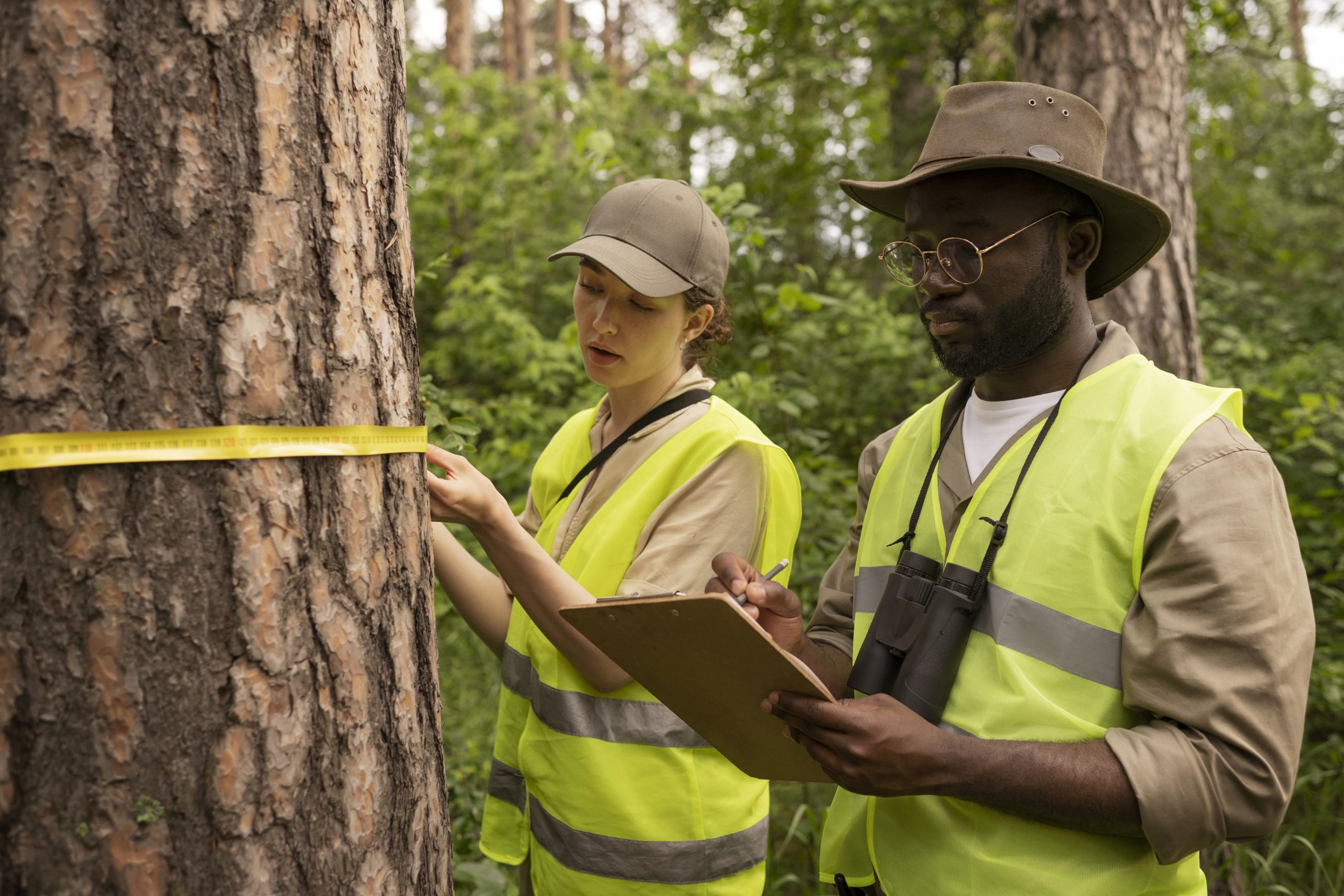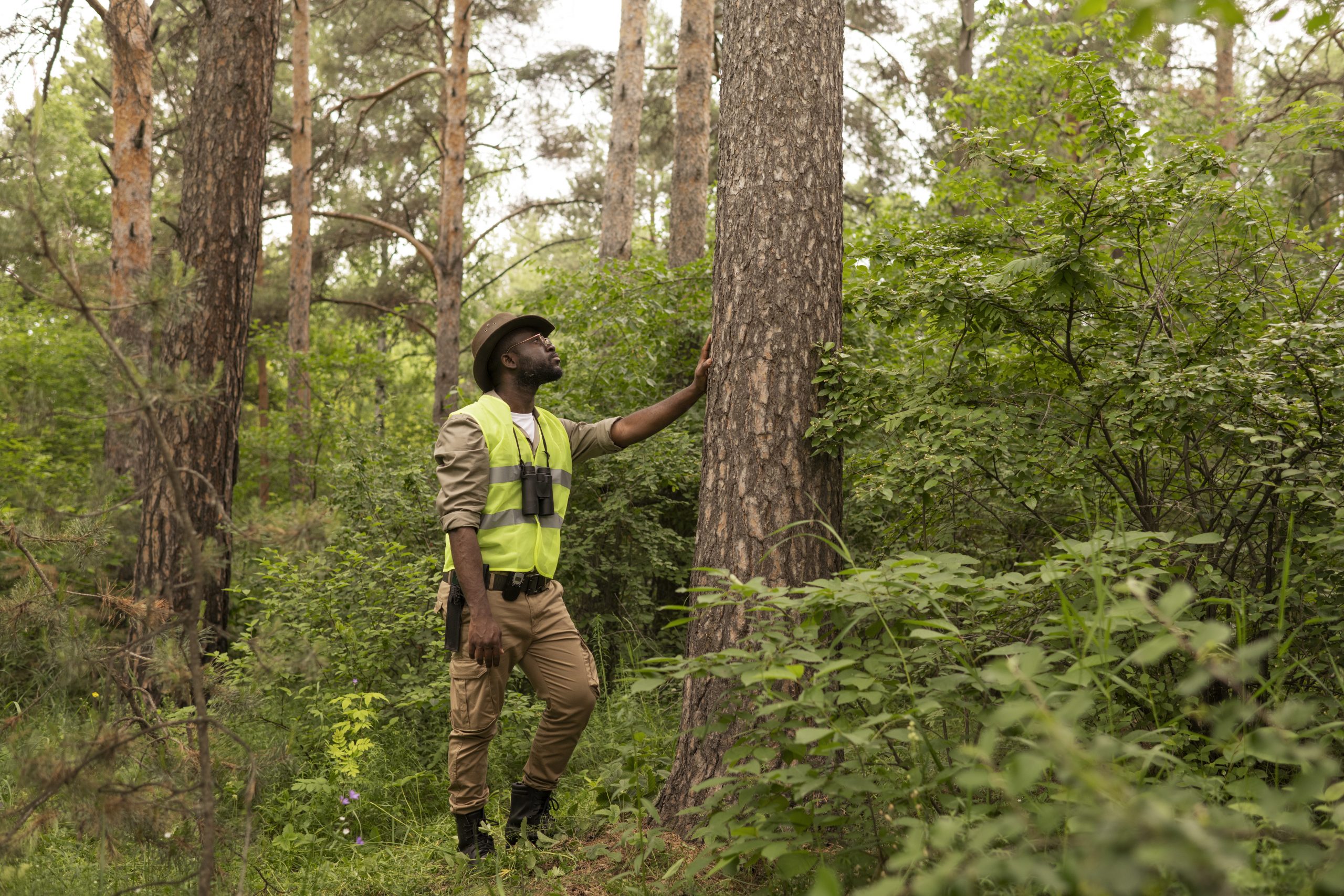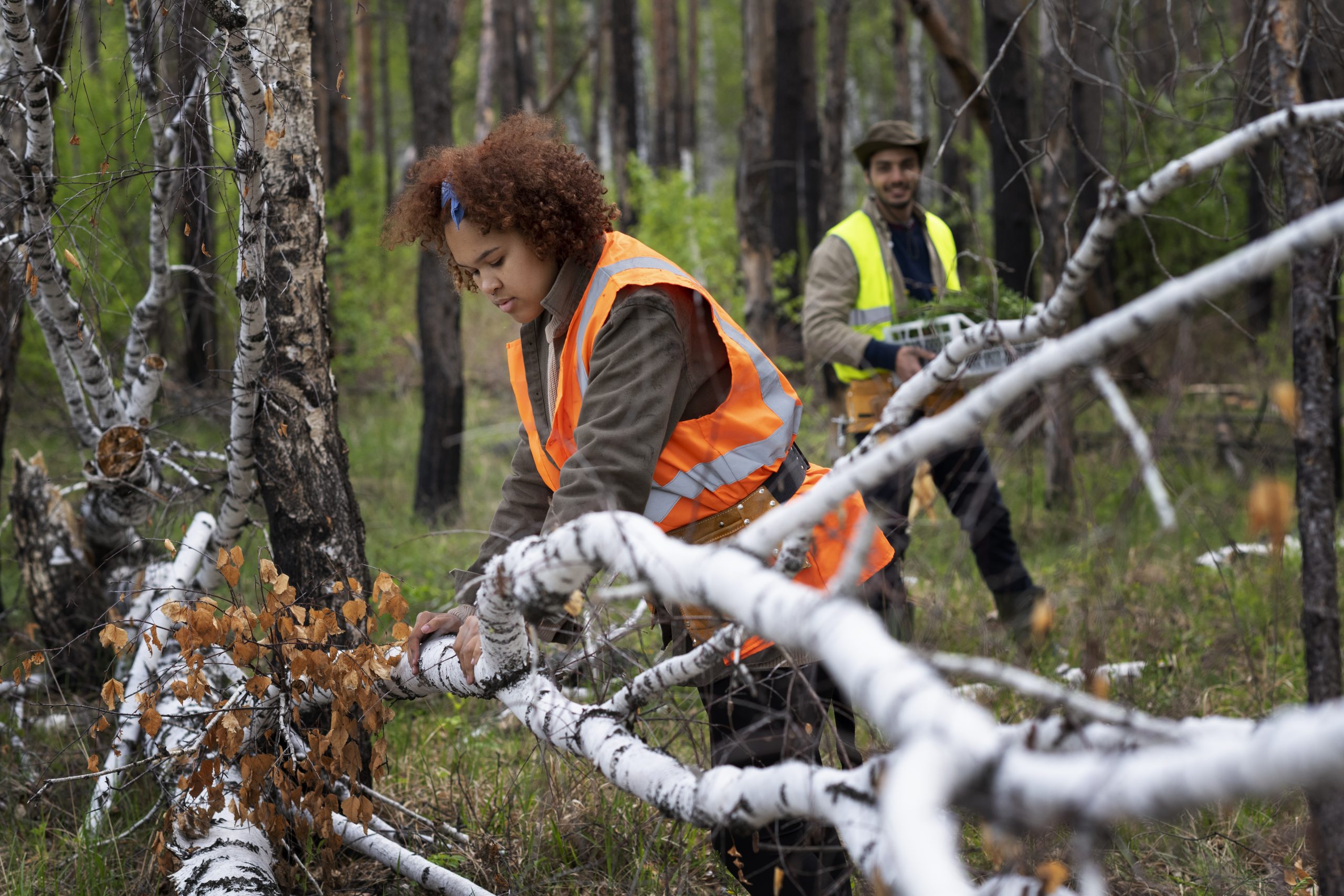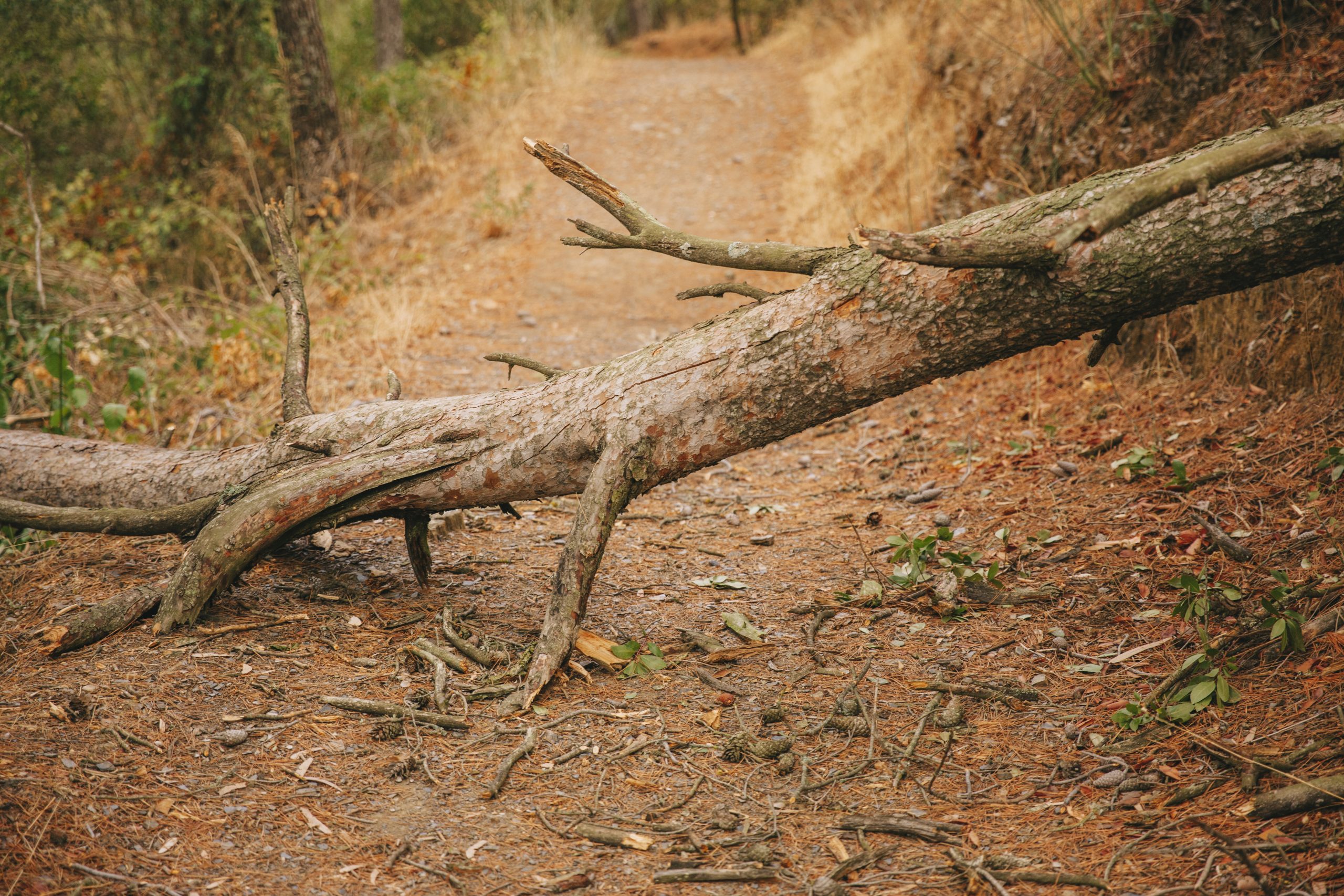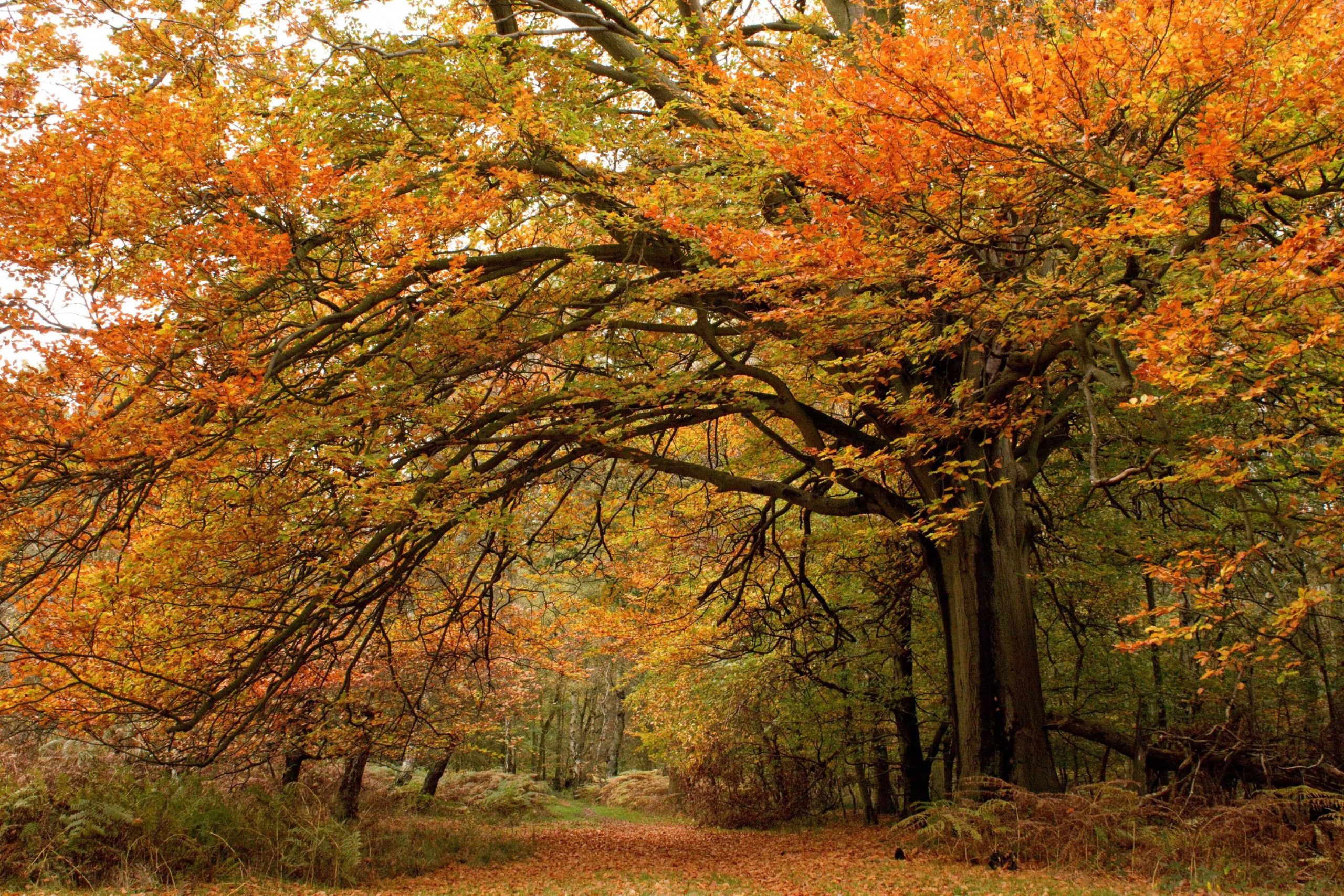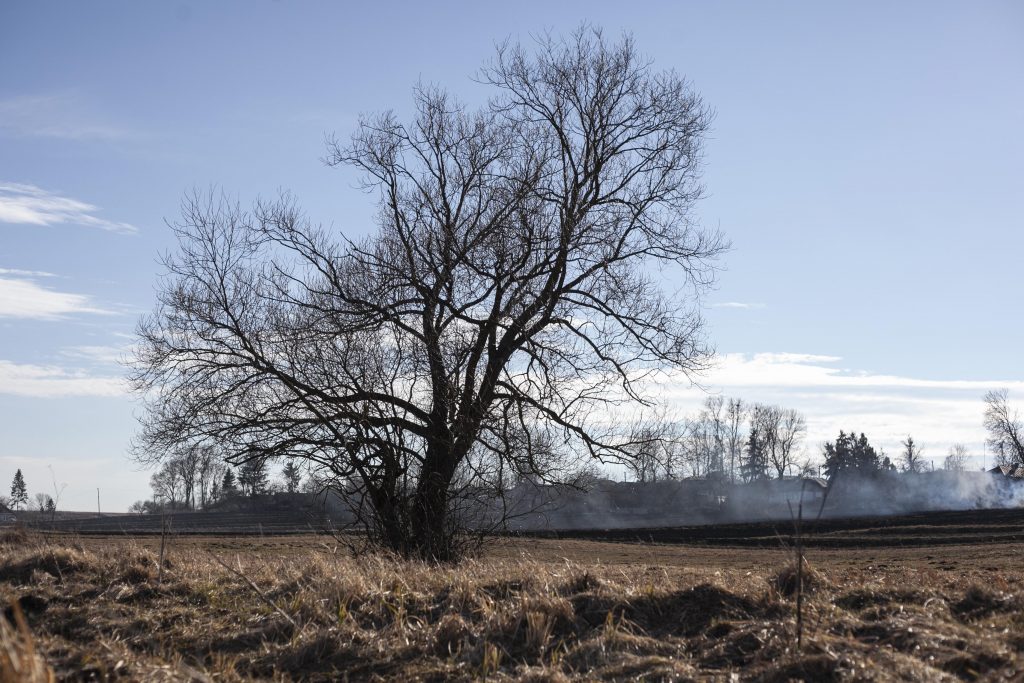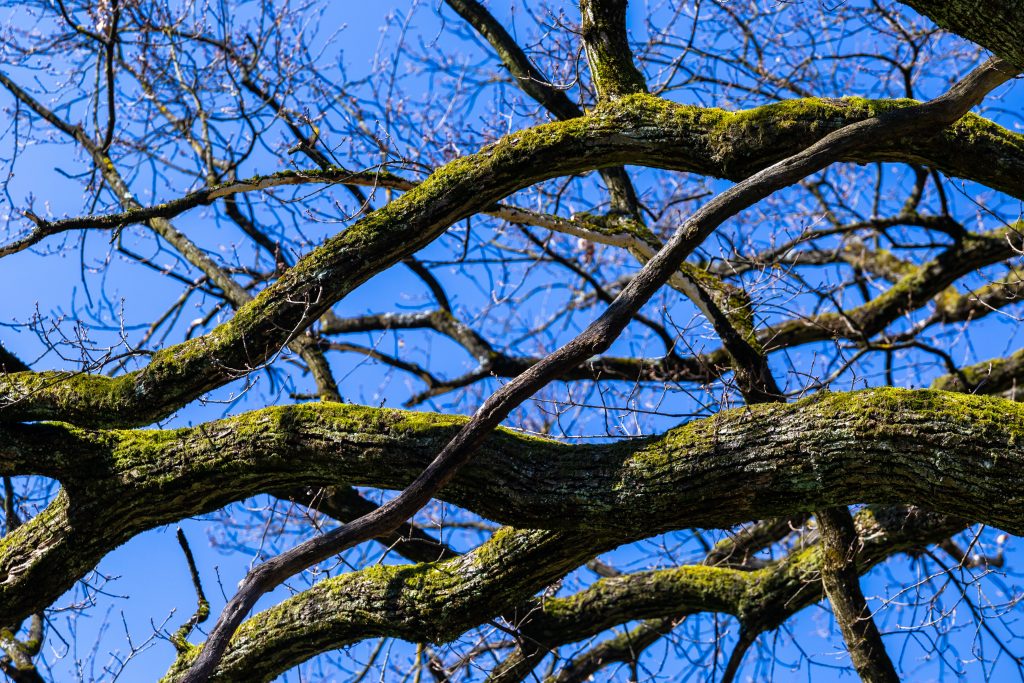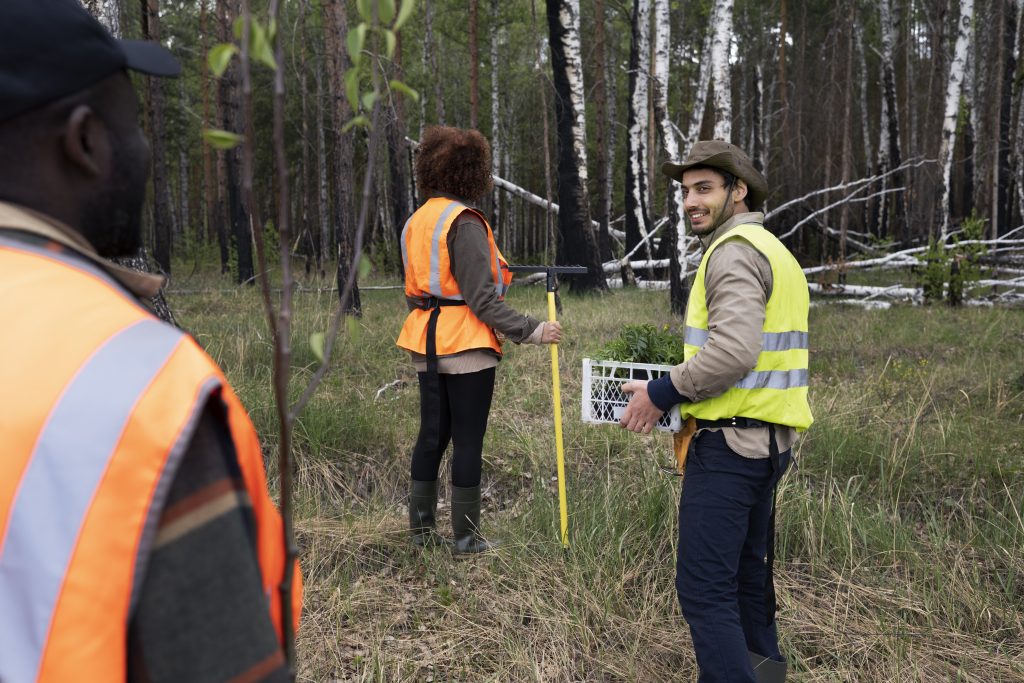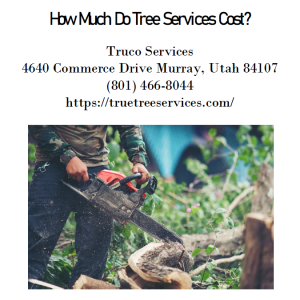How to Get a Tree Removal Permit?
How to Get a Tree Removal Permit?
Are you tired of staring at that overgrown tree in your backyard, blocking out the sunlight and hindering your view? Well, fear not! Getting a tree removal permit is easier than you think. In this comprehensive guide, we’ll walk you through the steps and provide invaluable tips to ensure a smooth and hassle-free process. So grab a cup of coffee, put on your gardening gloves, and get ready to reclaim your outdoor space with our expert advice.
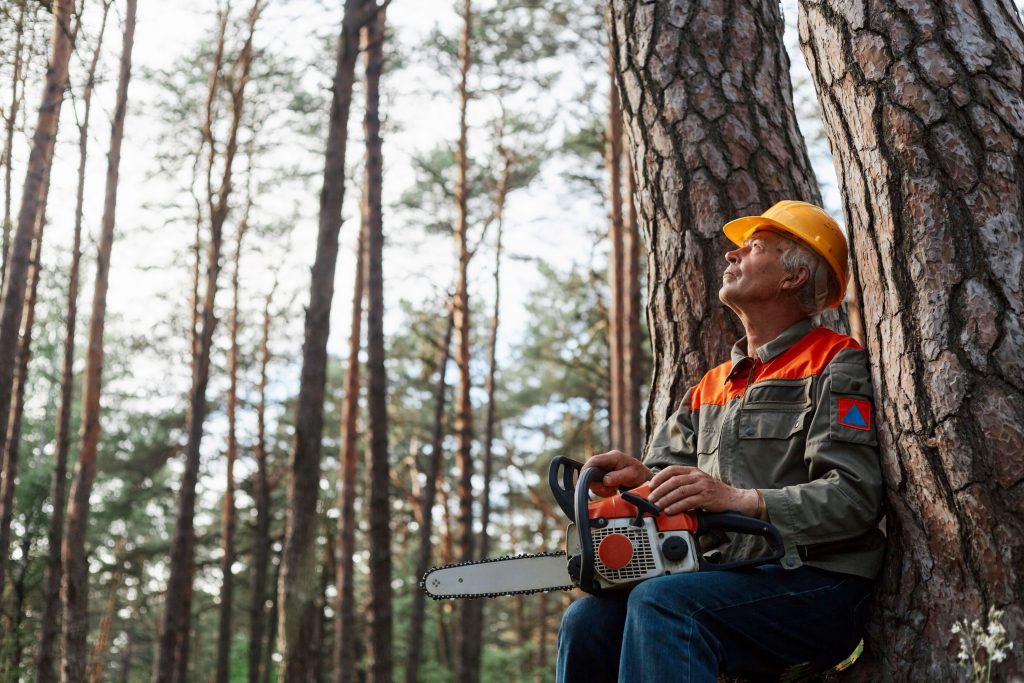
Key Takeaways
- Tree removal permits are important to regulate tree removal and prevent deforestation.
- Obtaining a permit shows commitment to responsible tree management and ensures legal procedures are followed.
- Tree removal can have negative impacts on the environment, historical preservation, and ecosystems.
- The permit application process can be challenging, with potential objections and the need for detailed documentation.
Introduction to Tree Removal Permits
Before you can remove a tree from your property, you’ll need to obtain a tree removal permit. This permit is necessary to ensure that the removal is done in a legal and responsible manner. To understand the importance of this permit, let’s delve into its historical background and legal requirements.
- Historical Background: Tree removal permits have been in existence for many years, with the intention of preserving and protecting the environment. They were introduced as a means to regulate the removal of trees and prevent indiscriminate deforestation. Over time, the regulations surrounding tree removal permits have evolved to reflect our growing understanding of the importance of trees in maintaining ecological balance.
- Legal Requirements: Obtaining a tree removal permit involves following certain legal procedures. These requirements may vary depending on your location, but generally include submitting an application form, providing details about the tree to be removed, and paying a fee. Additionally, some areas may require an arborist report to assess the health and condition of the tree, as well as potential alternatives to removal.
Understanding the historical background and legal requirements of obtaining a tree removal permit is crucial. It demonstrates your commitment to preserving the environment and ensuring responsible tree management practices. Now, let’s explore the historical significance of trees in our society.
Historical Significance
The historical significance of tree removal in the area should be taken into consideration. When it comes to tree removal, it is important to understand the impact it can have on the environment and the preservation of historical sites. Many trees play a crucial role in maintaining the ecological balance and contribute to the overall health of the ecosystem. Additionally, some trees may have historical value, serving as landmarks or being part of culturally significant areas.
Historical preservation is an important aspect to consider when deciding whether or not to remove a tree. Trees that have stood for centuries can tell stories of the past and provide a sense of connection to our history. Removing these trees without proper consideration can result in the loss of irreplaceable historical artifacts.
Furthermore, tree removal can have a significant impact on the environment. Trees play a vital role in reducing air pollution, providing shade, and supporting wildlife habitats. Removing trees without considering the environmental impact can disrupt these delicate ecosystems, leading to a loss of biodiversity and an increase in environmental degradation.
Considering the historical preservation and environmental impact of tree removal is crucial. By understanding the significance of these factors, you can make more informed decisions when it comes to tree removal. Now let’s explore some helpful tips for obtaining a tree removal permit.
Tips
When it comes to getting a tree removal permit, there are several key points to consider. First, you need to make sure you have all the required documents in order. This includes a checklist of items such as property ownership proof, tree assessment reports, and any necessary permits from local authorities. Once you have gathered all the necessary documents, you can start the permit application process, which may involve submitting forms, paying fees, and providing additional information about the tree and its removal. However, it’s important to note that obtaining approval for a tree removal permit can sometimes be challenging, especially if there are regulations in place to protect certain tree species or if there are objections from neighbors or environmental groups.
Required Documents Checklist
To complete the required documents checklist for a tree removal permit, make sure you have all the necessary forms and paperwork ready. When applying for a tree removal permit, it is important to consider the historical significance of the tree and any potential approval challenges that may arise. The first document you will need is an application form, which can usually be obtained from your local government’s website or office. Additionally, you will need to provide a detailed description of the tree, including its species, height, and location. It is also important to include any supporting documents, such as photographs or expert opinions, that highlight the historical significance of the tree. By providing all the required documents, you increase your chances of a successful permit application process, which we will discuss in the next section.
Permit Application Process
Before starting your application process, it’s essential to gather all the required documents and ensure you have everything in order. Once you have all the necessary paperwork, you can begin the permit application process for your tree removal. The first step is to contact your local city or county government office that handles permits. They will provide you with the application form and any additional instructions. Make sure to carefully read and understand all the requirements to avoid common permit application mistakes. It’s important to note that the permit processing time can vary depending on the location and the workload of the government office. Be patient and allow sufficient time for the approval process. Now, let’s explore some potential approval challenges that you may encounter during this process.
Potential Approval Challenges
One potential challenge you may face during the approval process is if your application is missing any required documents. This can lead to approval delays and potentially cause frustration and setbacks in your tree removal project. To avoid this, it is crucial to carefully review the application requirements and ensure that you have provided all necessary documents, such as property ownership proof, site plan, and tree assessment reports. Additionally, it is important to address any community concerns that may arise during the approval process. This could involve engaging with neighbors and local community organizations to address their questions and alleviate any concerns they may have about the removal of the tree. By proactively addressing these challenges, you can increase the likelihood of a smooth approval process and move forward with your tree removal project. As a responsible tree owner, it is essential to consider certain traits that are beneficial for maintaining and caring for trees.
Traits of a Responsible Tree Owner
You should always consider the health and safety of your tree as a responsible tree owner. Responsible tree care involves understanding and implementing tree preservation efforts. This means taking proactive measures to maintain the well-being of your tree and ensuring its longevity.
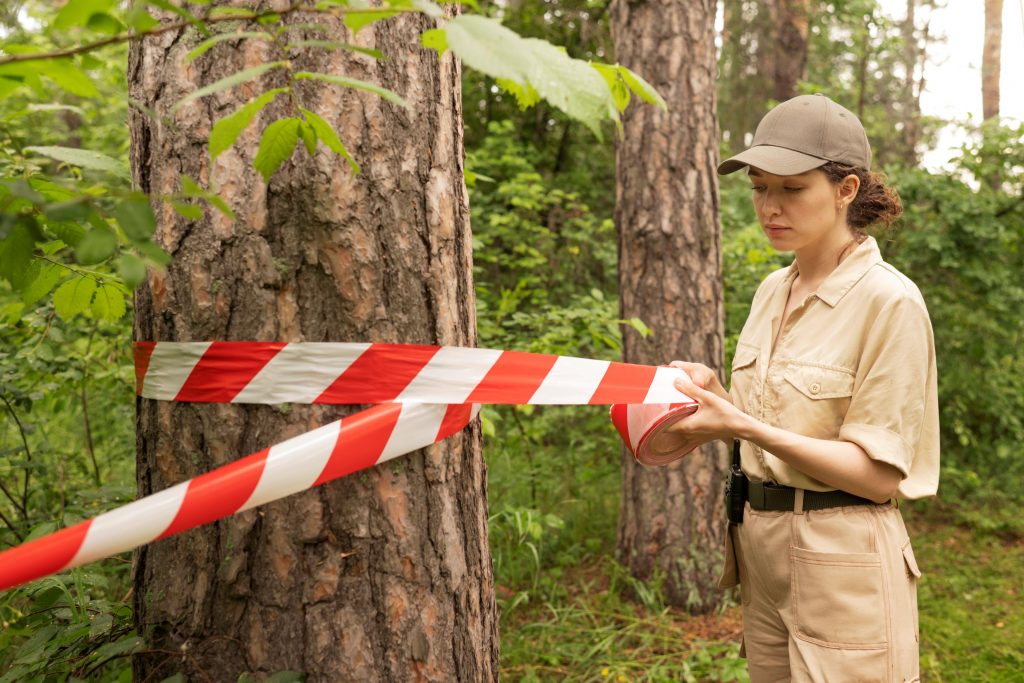
A responsible tree owner understands the importance of regular tree inspections. By regularly assessing the health of your tree, you can identify any potential issues such as diseases, pests, or structural concerns. Regular inspections allow you to take timely action and prevent further damage.
Additionally, responsible tree care involves providing proper nutrition and watering to your tree. This includes ensuring that your tree receives adequate sunlight, water, and nutrients to thrive. You can consult with a professional arborist to determine the specific needs of your tree and develop a suitable care plan.
Furthermore, a responsible tree owner practices proper pruning techniques. Pruning helps maintain the tree’s structure, promotes healthy growth, and removes any dead or damaged branches. It is important to ensure that pruning is done correctly to prevent unnecessary harm to the tree.
Steps to Obtain a Tree Removal Permit
As a responsible tree owner, it is important to understand the steps involved in obtaining a tree removal permit. Tree removal regulations vary by location, so it is crucial to familiarize yourself with the specific rules and requirements in your area. Here are the key steps you should follow:
- Research the regulations: Start by researching the tree removal regulations in your city or county. Check with the local government or forestry department to understand the specific guidelines you need to follow. This will help you determine if a permit is required and what the application process entails.
- Assess the environmental impact: Before applying for a tree removal permit, evaluate the environmental impact of removing the tree. Consider factors such as the tree’s age, health, and location, as well as any wildlife habitat it may provide. This information will be necessary when filling out the permit application.
- Submit the permit application: Once you have gathered all the required information, submit your tree removal permit application to the appropriate authority. Include any supporting documentation, such as photographs or an arborist’s report, to strengthen your case.
Goals
To achieve your objectives, it is essential to have a clear understanding of the goals associated with obtaining a permit for tree removal. Many people have misconceptions when it comes to getting a tree removal permit, but by understanding the goals, you can develop the right habits for success. Let’s take a look at the goals you should keep in mind:
| Goals | Description | Importance |
|---|---|---|
| Safety | Ensuring the safety of people and property by removing hazardous trees. | High |
| Conservation | Protecting the environment by balancing tree removal with the preservation of natural resources. | Medium |
| Aesthetics | Maintaining the visual appeal of the surrounding area by removing unsightly or damaged trees. | Low |
By familiarizing yourself with these goals, you can better navigate the process of obtaining a tree removal permit. Safety should always be your top priority, followed by considering the impact on the environment and aesthetics.
Now that you understand the goals, let’s dive into the habits for obtaining a tree removal permit.
Habits for Obtaining a Tree Removal Permit
Understanding the importance of safety and considering the impact on the environment and aesthetics are key habits when obtaining a permit for tree removal. To ensure a successful permit application, it is crucial to employ proven strategies and avoid common pitfalls.
One proven strategy is to thoroughly research the local regulations and requirements for tree removal permits. Each jurisdiction may have specific guidelines, such as the size and species of trees that require a permit. By understanding these regulations, you can ensure that your application meets all the necessary criteria.
Another important habit is to prioritize safety. When applying for a tree removal permit, it is essential to demonstrate that you have a plan in place to safely remove the tree without causing harm to people or property. This may involve hiring a professional arborist or tree removal service with the appropriate certifications and insurance.
Common pitfalls to avoid include failing to provide sufficient documentation or information in the permit application. It is important to include details such as the reasons for tree removal, any potential risks or hazards associated with the tree, and any proposed mitigations.
A Real-Life Story
Now that you have learned about the habits for obtaining a tree removal permit, let me share a real-life story that highlights the importance of following the proper procedures.
I once had a neighbor who decided to remove a large tree from their backyard without obtaining the necessary permit. They believed that since the tree was on their private property, they could do as they pleased. However, little did they know that there were regulations in place to protect the environment and the community’s safety.
One day, as they were cutting down the tree, it unexpectedly fell in the wrong direction and damaged their neighbor’s fence and patio. Not only did they have to pay for the repairs, but they also faced legal consequences for their actions.
This personal anecdote serves as a reminder that obtaining a tree removal permit is not just a bureaucratic formality. It is a crucial step in ensuring that the tree removal is done safely and in compliance with local regulations.
Quotes
Following the proper procedures for tree removal, it’s important to remember the wise words of others. Famous quotes have a way of capturing the essence of a topic in just a few words. When it comes to tree removal, there are a few quotes that can provide valuable insight and analysis.
One famous quote by Ralph Waldo Emerson states, “The creation of a thousand forests is in one acorn.” This quote reminds us of the importance of trees and the impact they have on our environment. It serves as a reminder to consider alternatives to tree removal whenever possible.
Another quote by Joyce Kilmer says, “I think that I shall never see a poem lovely as a tree.” This quote highlights the beauty and value that trees bring to our surroundings. It reminds us to appreciate and preserve trees whenever we can.
Secrets
One of the secrets to successfully obtaining a permit for removing a tree is to carefully navigate the bureaucratic process. While it may seem daunting at first, understanding the challenges involved can help you navigate through the process more efficiently. One of the biggest challenges is the extensive paperwork that is required. You will need to fill out various forms, provide documentation, and possibly even attend hearings or meetings. Another challenge is ensuring that you meet all the necessary requirements set by your local government or municipality. This may include obtaining the necessary insurance, certifications, or permits from other agencies. Additionally, there may be specific guidelines or restrictions in place for tree removal, such as protection of certain species or preservation of historical trees. By being aware of these challenges and taking the necessary steps to address them, you can increase your chances of obtaining a tree removal permit. With these insights, you can now move on to the next section, where we will discuss some helpful tips and advice for obtaining a tree removal permit.
Insights for Obtaining a Tree Removal Permit
Understanding the challenges involved in obtaining a tree removal permit can help you navigate the bureaucratic process more efficiently. Tree removal regulations and local government policies vary from place to place, so it is crucial to familiarize yourself with the specific requirements in your area. In many cases, you will need to submit an application to the appropriate department or agency, providing details about the tree you wish to remove and the reason for its removal. This may include information about the tree’s species, size, health, and any potential hazards it poses. You may also be required to provide a plan for replacing the tree or mitigating its loss. Additionally, some jurisdictions may require an inspection by an arborist or other qualified professional to assess the tree’s condition. It is important to note that failure to comply with tree removal regulations can result in fines or other penalties. By understanding and following the necessary steps, you can ensure a smoother and more successful process for obtaining a tree removal permit.
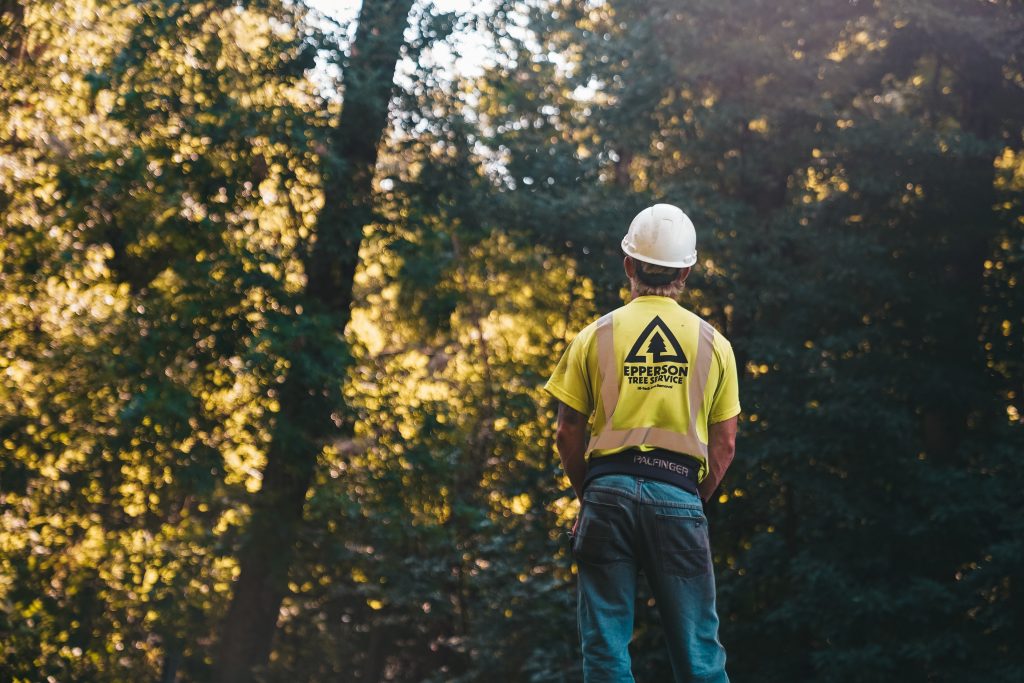
Obtaining a tree removal permit offers several benefits beyond simply complying with local regulations. One of the primary advantages is that it helps protect the urban tree canopy and preserves the environmental benefits that trees provide. Trees improve air quality, reduce stormwater runoff, and provide shade and cooling effects, contributing to a healthier and more sustainable community. By obtaining a permit, you are demonstrating your commitment to responsible tree management and contributing to the overall well-being of your neighborhood. Additionally, some local governments offer incentives or assistance programs for tree maintenance and planting, which may be available to those who have obtained a tree removal permit. These programs can help offset the cost of tree care and encourage sustainable practices within the community. Ultimately, obtaining a tree removal permit is not just a bureaucratic requirement; it is a way to contribute to the health and vitality of your local environment.
Benefits of Obtaining a Tree Removal Permit
There are several advantages to obtaining a permit for removing a tree. By obtaining a permit, you ensure that the tree removal process is carried out legally and responsibly. One of the main benefits is that it helps protect the environment. Authorities require permits to ensure that the removal of trees is done in a way that minimizes the impact on the surrounding ecosystem. This includes considerations such as replanting trees or compensating for the loss of greenery in other ways.
Another benefit of obtaining a tree removal permit is that it helps maintain the visual appeal and aesthetic value of the area. Trees play a crucial role in enhancing the beauty of our surroundings. With a permit, you can ensure that the removal of a tree is necessary and that it won’t negatively affect the overall landscape. Additionally, permits help regulate the removal of trees near public utilities, ensuring public safety and preventing potential accidents.
Obtaining a tree removal permit is of utmost importance. It not only protects the environment and maintains the visual appeal of the area but also ensures the safety of the public. By going through the proper channels and obtaining a permit, you contribute to the overall well-being of your community and help preserve the natural beauty of the neighborhood.
In order to better understand the process of obtaining a tree removal permit, it is important to learn from the experiences and lessons of others who have gone through the process.
Lessons
When it comes to obtaining a tree removal permit, it is important to understand the permit application process, the required documents and fees, as well as the potential consequences of non-compliance. To start the process, you will need to fill out an application form and provide detailed information about the tree you wish to remove. Additionally, you may be required to submit supporting documents such as a site plan or arborist report. Failure to comply with the permit requirements can result in hefty fines, legal action, or even the loss of future tree removal privileges.
Permit Application Process
To start the permit application process for tree removal, you’ll need to gather all the necessary documents and complete the required forms. It is important to follow the correct steps to ensure a smooth and successful application. One of the most common mistakes made during the permit application process is not providing all the required information. Make sure to carefully read and understand the application instructions, and double-check that you have included all the necessary details. Additionally, it is crucial to submit your application within the designated timeline to avoid any delays or complications. Once you have completed the application, you can move on to the next step, which involves providing the required documents and paying the necessary fees. This ensures that your application is complete and ready for review by the appropriate authorities.
Required Documents and Fees
Make sure you’ve gathered all the necessary documents and completed the required forms before submitting your application for review. The application process for a tree removal permit can be complex, but having all the necessary paperwork in order will greatly streamline the process. To start, you will need to fill out the application form, providing detailed information about the tree you wish to remove and the reason for its removal. Additionally, you will need to include a site plan that clearly shows the location of the tree and any surrounding structures. It’s important to note that there are fees associated with the application process, which vary depending on the jurisdiction. These fees typically cover the administrative costs involved in reviewing and processing your application. Failing to pay these fees may result in a delay or rejection of your application. Now that you understand the required documents and fees, let’s discuss the potential consequences of non-compliance.
Potential Consequences of Non-Compliance
Remember, failing to comply with the regulations and requirements for tree removal may result in penalties or fines. It is important to understand the potential consequences of non-compliance before proceeding with any tree removal activities. Non-compliance can lead to significant legal and financial troubles. The local authorities take tree removal regulations seriously to protect the environment and preserve the beauty of the community. Penalties for non-compliance can include hefty fines, legal action, and even the requirement to replace the removed tree. Additionally, non-compliance can damage your reputation and affect future interactions with authorities. To avoid these consequences, make sure to thoroughly research and understand the regulations and obtain the necessary permits before proceeding with tree removal. By doing so, you can ensure a smooth process and maintain a positive relationship with the local authorities.
When it comes to tree removal, understanding the consequences of non-compliance is crucial. Now that you understand the potential penalties and fines, it’s time to discuss the importance of establishing routines for tree maintenance and care.
Routines
Take a few moments each day to establish a routine that includes researching the tree removal permit process. Developing habits for obtaining a tree removal permit can save you time and ensure that you follow the proper procedures. Start by familiarizing yourself with the local regulations and requirements for obtaining a permit. This may involve visiting the municipality’s website or contacting the relevant department. Make a note of any specific documents or forms that need to be filled out and submitted.
Once you have gathered all the necessary information, create a checklist or a to-do list to keep track of the steps involved in the permit application process. Set aside dedicated time each day to work on completing the required paperwork or gathering any additional supporting documents. Consistency is key in establishing a routine, so try to make it a habit to work on your permit application at the same time each day.
Pros and Cons
Consider weighing the advantages and disadvantages before deciding whether or not to remove a tree from your property. There are several pros and cons to consider when it comes to tree removal. On the positive side, removing a tree can create more space in your yard, allowing for better landscaping options or the construction of a new structure. Additionally, removing a tree can eliminate the risk of falling branches or uprooting during storms, which can prevent property damage and potential injury. However, there are also some downsides to tree removal. Trees provide shade, which can help reduce energy costs by keeping your home cool in the summer. They also contribute to the overall aesthetics of your property, adding beauty and value. Furthermore, trees play a crucial role in the environment by providing oxygen, reducing pollution, and supporting wildlife. So, before making a decision, carefully consider the pros and cons of removing a tree from your property. Keep in mind the potential benefits and drawbacks to ensure that the choice you make aligns with your specific needs and priorities.
Moving on to the next section, let’s explore some dos and don’ts when it comes to obtaining a tree removal permit.
Dos and Dont’s
Moving forward, let’s go over some tips for acquiring a permit to remove a tree. Acquiring a permit is an important step in ensuring that tree removal is done in a responsible and legal manner. Here are some dos and don’ts to keep in mind when applying for a tree removal permit:
| Do’s | Dont’s |
|---|---|
| Research local regulations | Neglect to check for protected |
| species | |
| Gather all necessary documents | Ignore the application process |
| Fail to provide accurate | |
| information | |
| Consult with an arborist | Start tree removal before |
| obtaining a permit | |
| Submit a well-prepared | Overlook potential consequences |
| application | of removing the tree |
Following these dos and don’ts will help ensure a smooth and successful process for acquiring a tree removal permit. It is crucial to research local regulations and check for any protected species before starting the application. Gathering all necessary documents and providing accurate information is essential for a complete and successful application. Consulting with an arborist can also provide valuable insights and recommendations. Remember, starting tree removal before obtaining a permit can lead to potential consequences. By following these guidelines, you can avoid unnecessary mistakes and move forward confidently in the tree removal process. In the next section, we will discuss some common mistakes to avoid when applying for a tree removal permit.
Mistakes to Avoid
One mistake to avoid when applying for a tree removal permit is failing to thoroughly research local regulations and check for any protected species. It is essential to understand the specific requirements and restrictions that govern tree removal in your area. Many homeowners make the common error of assuming that they can remove any tree on their property without obtaining proper permission. However, certain trees may be protected by local laws due to their environmental or historical significance. To avoid complications and potential fines, take the time to familiarize yourself with the regulations in your area.
Another mistake to avoid is providing incomplete or inaccurate information on your permit application. It is crucial to be thorough and provide all the necessary details requested. This includes accurate measurements and descriptions of the tree(s) you intend to remove, as well as the reasons for removal. Failing to provide complete and accurate information can lead to delays in the approval process or even the rejection of your application.
Key Takeaways
To ensure a smooth and efficient application process, make sure you thoroughly research local regulations and accurately complete all necessary information on your permit application. Developing good habits and avoiding common mistakes can greatly increase your chances of obtaining a tree removal permit. Firstly, it is crucial to familiarize yourself with the specific regulations in your area regarding tree removal. Each locality may have different rules and requirements, so it is essential to be well-informed. Additionally, make sure to accurately complete all the necessary information on your permit application. Double-check your application to avoid any errors or omissions that could delay the process. Another mistake to avoid is not providing sufficient supporting documentation. Depending on the jurisdiction, you may need to include photographs, arborist reports, or even a detailed plan for tree replacement. Finally, be mindful of deadlines and submission requirements. Late or incomplete applications are often rejected, so make sure to submit your application well before the deadline and follow any specific instructions provided. By developing these habits and avoiding common mistakes, you can navigate the tree removal permit process with confidence.
Transitioning into the subsequent section about specific action steps for obtaining a tree removal permit, it is important to understand the necessary documentation and procedures required by your local authority.
Specific Action Steps for Obtaining a Tree Removal Permit
When it comes to obtaining a tree removal permit, there are several important steps that you need to follow. First, you will need to go through the permit application process, which involves submitting the necessary documentation and paying any required fees. It’s also crucial to have a thorough understanding of the required documentation checklist to ensure that you have all the necessary paperwork in order. Additionally, you may encounter potential obstacles along the way, such as delays in the application process or objections from neighbors or local authorities. However, there are always solutions available, such as seeking assistance from professionals or providing additional information to address any concerns.
Permit Application Process
If you’re looking to apply for a tree removal permit, you’ll need to familiarize yourself with the permit application process. The tree removal process can vary depending on your location, so it’s important to check with your local government or forestry department for specific requirements. Generally, the permit application requirements will include information such as the property owner’s name and contact details, the location and size of the tree to be removed, and the reason for the removal. In some cases, you may also need to provide a tree replacement plan or an arborist report. It’s essential to carefully review the application instructions and ensure that you provide all the necessary information to avoid delays or rejections. Once you have gathered all the required documentation, you can proceed to the next step of the process, which is the submission of your application.
Required Documentation Checklist
Before starting the application process, familiarize yourself with the checklist of required documentation. This step is crucial as it ensures that you have all the necessary paperwork in order to move forward with your tree removal permit. The required documentation checklist typically includes items such as a completed application form, proof of property ownership, a site plan indicating the location of the tree, and a detailed description of why the tree needs to be removed. Additionally, if the tree has any historical significance, you may be required to provide evidence or documentation supporting its importance. It’s important to note that obtaining a tree removal permit can come with potential approval challenges, especially if the tree has historical significance. However, with the right documentation and a well-prepared application, you can increase your chances of obtaining the permit successfully. Now, let’s explore potential obstacles and solutions to help you navigate the process smoothly.
Potential Obstacles and Solutions
Now that you have a clear understanding of the required documentation checklist for obtaining a tree removal permit, let’s discuss the potential challenges you may encounter and some practical solutions to overcome them.
One potential challenge is navigating the complex bureaucracy of obtaining a permit. The process can be time-consuming and require multiple interactions with different departments. To overcome this, it is crucial to familiarize yourself with the local regulations and requirements beforehand. Additionally, consider seeking guidance from professionals or consulting with arborists who have experience in obtaining tree removal permits.
Another challenge you might face is opposition from neighbors or local community members who may have concerns about the removal of trees. In such cases, it’s important to engage in open communication and address their concerns by explaining the reasons behind the removal and any mitigation measures you plan to take.
Frequently Asked Questions
How Much Does a Tree Removal Permit Typically Cost?
Typically, the cost of a tree removal permit varies depending on several factors such as location and the size of the tree. However, before considering the cost, you need to understand the tree removal permit process and the documents required.
Are There Any Exceptions or Exemptions to the Tree Removal Permit Requirement?
There are some exceptions and exemptions to the tree removal permit requirement. Certain circumstances, like an immediate safety hazard or a dead tree, may allow you to bypass the permit process.
Can I Remove a Tree on My Property Without a Permit if It Poses a Safety Hazard?
If a tree on your property poses a safety hazard, you may be able to remove it without a permit. However, it is important to familiarize yourself with the tree removal regulations and follow the proper tree removal process.
How Long Does It Usually Take to Obtain a Tree Removal Permit?
Getting a tree removal permit can be a lengthy process. You’ll need to follow specific steps to obtain one. It’s important to familiarize yourself with the procedures and requirements to ensure a smooth application.
Are There Any Penalties or Fines for Removing a Tree Without a Permit?
Removing a tree without a permit can lead to possible consequences and legal implications. Fines may be imposed, and you may be required to replace the tree. It’s important to follow the proper procedures to avoid these issues.
About Murray, Utah
Murray is a city situated on the Wasatch Front in the core of Salt Lake Valley in the U.S. state of Utah. Named for territorial governor Eli Murray, it is the state's fourteenth largest city. According to the 2020 census, Murray had a population of 50,637. Murray shares borders with Taylorsville, Holladay, South Salt Lake and West Jordan, Utah. Once teeming with heavy industry, Murray's industrial sector now has little trace and has been replaced by major mercantile sectors. Known for its central location in Salt Lake County, Murray has been called the Hub of Salt Lake County. Unlike most of its neighboring communities, Murray operates its own police, fire, power, water, library, and parks and recreation departments and has its own school district. While maintaining many of its own services, Murray has one of the lowest city tax rates in the state.
Neighborhoods in Murray, Utah
Murray Oakes, Grant Park, Southwood Park, Murray Park, Murray Park Restrooms, Willow Pond Park, Neighborhood Veterinary Care
Things To Do in Murray, Utah
Bus Stops in Murray, Utah to Truco Services, Inc.
Bus Stop in Murray Central Station (Bay C) Murray, Utah to Truco Services, Inc.
Bus Stop in State St @ 4801 S Murray, Utah to Truco Services, Inc.
Bus Stop in Murray North Station Murray, Utah to Truco Services, Inc.
Bus Stop in State St @ 4949 S Murray, Utah to Truco Services, Inc.
Bus Stop in Murray Central Frontrunner/Trax Station Murray, Utah to Truco Services, Inc.
Bus Stop in Murray Blvd / Vine St (SB) Murray, Utah to Truco Services, Inc.
Bus Stop in State St @ 3925 S Murray, Utah to Truco Services, Inc.
Bus Stop in State St @ 4824 S Murray, Utah to Truco Services, Inc.
Bus Stop in State St @ 5223 S Murray, Utah to Truco Services, Inc.
Bus Stop in Murray Blvd / Allendale Dr (NB) Murray, Utah to Truco Services, Inc.
Bus Stop in Murray Blvd @ 5039 S Murray, Utah to Truco Services, Inc.
Bus Stop in State St @ 4721 S Murray, Utah to Truco Services, Inc.
Driving Directions in Murray, Utah to Truco Services, Inc.
Driving Directions from Woodruff Tree Trimming and Removal to 4640 Commerce Dr, Murray, UT 84107, USA
Driving Directions from Reliable Tree Care to 4640 Commerce Dr, Murray, UT 84107, USA
Driving Directions from Tree Pro-Tech to 4640 Commerce Dr, Murray, UT 84107, USA
Driving Directions from Prestige Tree And Landscape to 4640 Commerce Dr, Murray, UT 84107, USA
Driving Directions from Excellence Tree & Landscape to 4640 Commerce Dr, Murray, UT 84107, USA
Driving Directions from Amen Trees to 4640 Commerce Dr, Murray, UT 84107, USA
Driving Directions from Tim's Tree Care to 4640 Commerce Dr, Murray, UT 84107, USA
Driving Directions from Jordan Tree Service - Murray to 4640 Commerce Dr, Murray, UT 84107, USA
Driving Directions from Arbor Works to 4640 Commerce Dr, Murray, UT 84107, USA
Driving Directions from Diamond Tree Experts to 4640 Commerce Dr, Murray, UT 84107, USA
Driving Directions from Green Tree Arborist to 4640 Commerce Dr, Murray, UT 84107, USA
Driving Directions from TruCo Services to 4640 Commerce Dr, Murray, UT 84107, USA
Reviews for Truco Services, Inc. Murray, Utah
Emily Abercrombie
We had a great experience with TruCo! They were well priced, responsive and prompt. Michael was a pleasure to work with and gave us advice on which plants to put in where we took out our ugly old shrubs. I would highly recommend this company!!!
Michelle Turpin
TruCo Services gets 5 stars from us for customer service. We experienced a few issues with their services this last year and Rob Eccles in senior management, stepped in and immediately handled our issues. He was very committed to making sure they understood our expectations and would execute to make us happy.
Siobhan Billingsley
I work for a property management company and have the pleasure of working with Rob at a community in Sandy. He has been incredible to work with and always responds in a timely manner. He knows all the homeowners by name and address and is aware of all the "problem" areas when it comes to sprinklers. I never have to worry about following up with him because he always reaches out to provide me with an update. If you're looking to work with someone who takes pride in their job, is professional, and can solve the worst landscaping problems thrown your way, Rob is your guy. Thank you, Rob for all you do!
Jaime S.
We have used Truco at 2 of the complexes we manage, they have been great to work with. Good quality service, outstanding customer service with good communication. That's hard to find these days. I highly recommend them. Travis has been awesome to work with.
Jerusha Smart
We use TruCo for a majority of our properties and our home. While other landscaping companies we use come and go for various reasons like cost, communication issues, work performance, etc., TruCo is always consistent in price and work. Also, Rob is the best.
